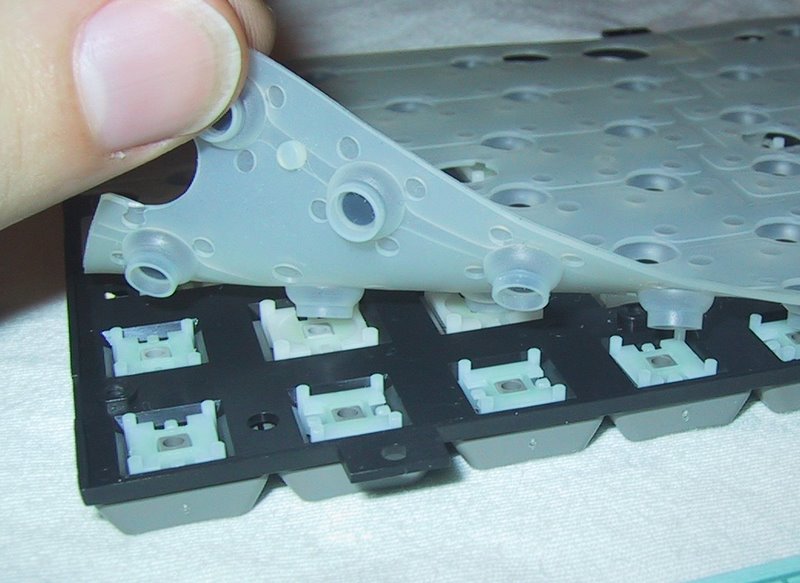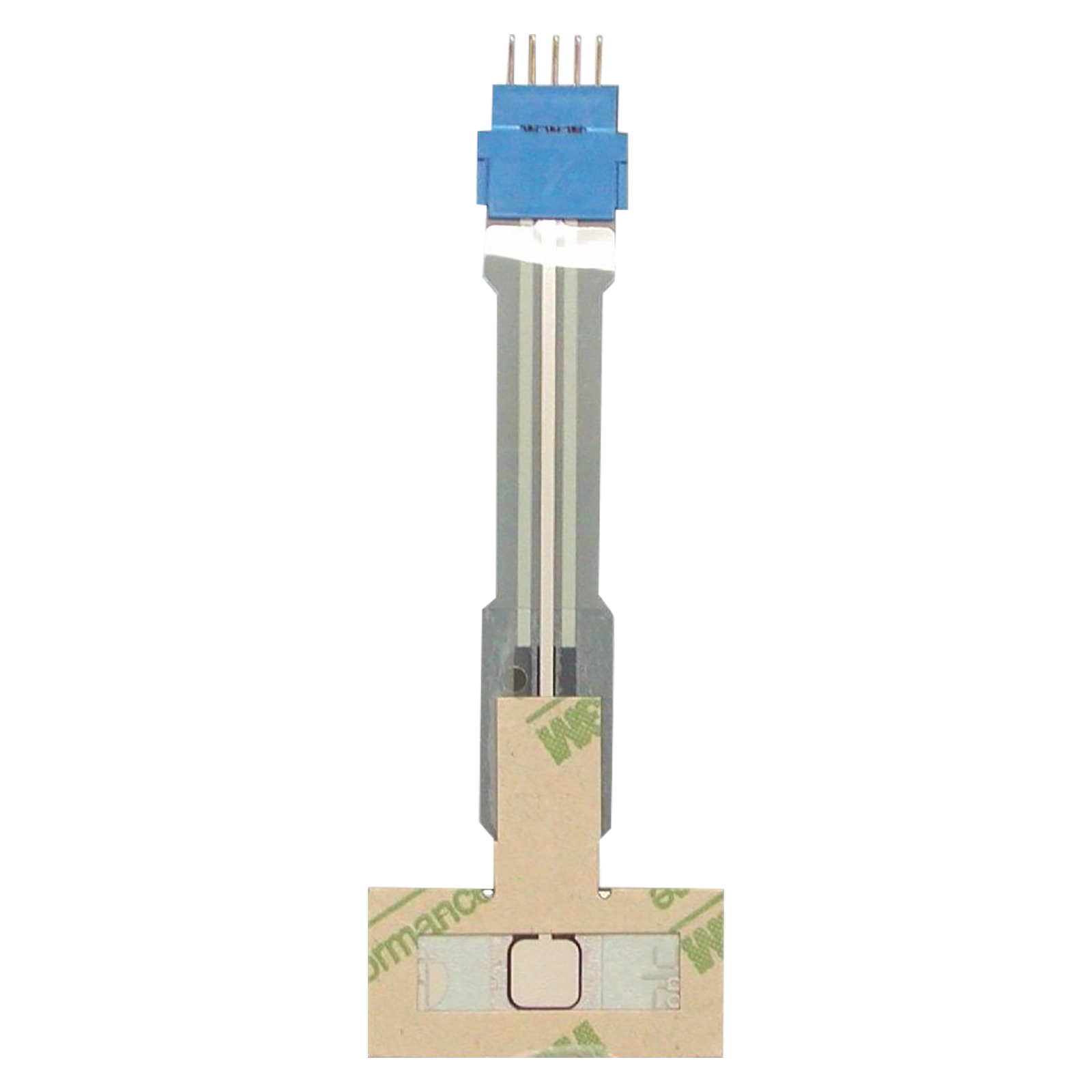The Advantages of Membrane Switches Over Mechanical Switches in Extreme Conditions
Why Membrane Layer Switches Are Important for Long Lasting Control Equipment
Membrane switches play a critical function in making certain the durability and dependability of control systems across different sectors. Their one-of-a-kind construction allows them to withstand difficult ecological aspects such as moisture, temperature level extremes, and physical wear. This strength not only expands the life-span of the systems they offer yet also minimizes maintenance needs. As we explore the multifaceted advantages of membrane switches, it becomes noticeable that their value goes beyond plain capability, affecting customer experience and functional performance. What additional ramifications do these attributes hold for the future of control system style?
Review of Membrane Layer Switches
Membrane layer switches are versatile and trusted elements typically made use of in different electronic control systems. These buttons consist of numerous layers, including a visuals overlay, a spacer layer, and a printed circuit layer. The visuals overlay supplies both functional and visual design, while the spacer layer makes certain that the switches are activated only when pushed. The printed circuit layer contains conductive traces that finish an electric circuit when the membrane is pushed, allowing the tool to react to customer inputs.
Membrane buttons are often favored in applications calling for a compact and lightweight layout, making them perfect for portable tools, medical devices, and commercial equipment. They can be customized to satisfy details user demands and can include various features such as backlighting, responsive responses, and multiple colors. Membrane buttons are immune to dust, dampness, and impurities, making them suitable for environments where sturdiness is essential.
Advantages of Longevity
In many applications, the longevity of membrane layer switches over deals significant advantages that enhance their overall performance and reliability. These switches are developed to endure extreme atmospheres, making them suitable for usage sought after problems such as high moisture, severe temperatures, and exposure to chemicals. Their robust construction helps to stop damage from physical impact, ensuring long-lasting functionality and minimizing the demand for constant substitutes.
Furthermore, membrane layer switches are resistant to damage, which is crucial in applications where constant communication happens. This toughness equates to reduce maintenance costs, as companies gain from minimized downtime and fewer service disturbances. In addition, the encapsulated style of membrane switches shields interior components from dirt and dampness ingress, further adding to their life expectancy.
One more advantage is their capacity to preserve regular efficiency over time. With a high resistance for mechanical tension, these switches protect their tactile responses and electrical honesty, guaranteeing customer fulfillment. Ultimately, the longevity of membrane switches over not only boosts operational performance but additionally fosters self-confidence in their reliability, making them a recommended choice for control systems throughout various markets.
Applications in Different Industries
Resilient control systems employing membrane buttons find substantial applications throughout a variety of sectors, each benefiting from the one-of-a-kind characteristics these buttons offer. In the medical field, membrane switches are essential for devices such as individual monitors and diagnostic devices, where reliability and simplicity of cleansing are extremely important. Their resistance to moisture and pollutants guarantees they maintain performance in sterilized settings.
The automobile market leverages membrane layer buttons for control panel controls and infotainment systems, where they offer smooth, inconspicuous user interfaces that boost user experience. These switches are likewise created to hold up against harsh conditions, including direct exposure to severe temperature levels and resonances.
In commercial setups, membrane layer switches are frequently made use of in machinery control panels, offering tactile feedback and sturdiness needed for high-usage applications. Their capacity to stand up to chemicals makes them ideal for making environments where spills and contaminants are frequent.

Consumer electronic devices, such as cooking area look at here devices and remotes, additionally use membrane switches for their flexibility and cost-effectiveness. In general, the adaptability and durable nature of membrane layer changes make them vital across various sectors, making certain reliable procedure and durability in control systems.
Design and Visual Allure
While performance is critical, the design and visual charm of control systems geared up with membrane buttons play a vital function in user involvement and general experience (membrane switch). The visual layout of these buttons can dramatically influence individual perception and communication. A properly designed membrane layer switch boosts the good looks of the device, making it more attractive to customers and cultivating a connection between redirected here the user and the item
Membrane layer switches supply a good deal of flexibility in style, enabling producers to tailor graphics, shades, and structures to align with brand name identification and item aesthetic appeals. The use of vibrant shades and distinct patterns can attract interest, while tactile comments can enhance the user's communication with the device. Furthermore, the capability to integrate LED signs and backlighting right into the membrane layer button layout supplies both useful and aesthetic benefits, boosting visibility and usability in various atmospheres.

Enhancing Individual Experience

Additionally, membrane layer buttons can be tailored to incorporate graphical interfaces, enhancing usability by providing info in a clear and intuitive way (membrane switch). This personalization can consist of symbols, tags, and shade coding that overview individuals via facility capabilities easily. In addition, their versatility allows for integration in various environments, ensuring consistent performance whether in commercial machinery or customer electronics
The longevity of membrane layer buttons additionally plays a vital function in user experience. By enduring imp source rough problems and expanded use, these buttons minimize the probability of system failings, hence advertising dependability and user self-confidence. Inevitably, the tactical use membrane layer switches over not just elevates performance but also dramatically improves individual communication with control systems, making them an indispensable element in modern-day design.
Final Thought
